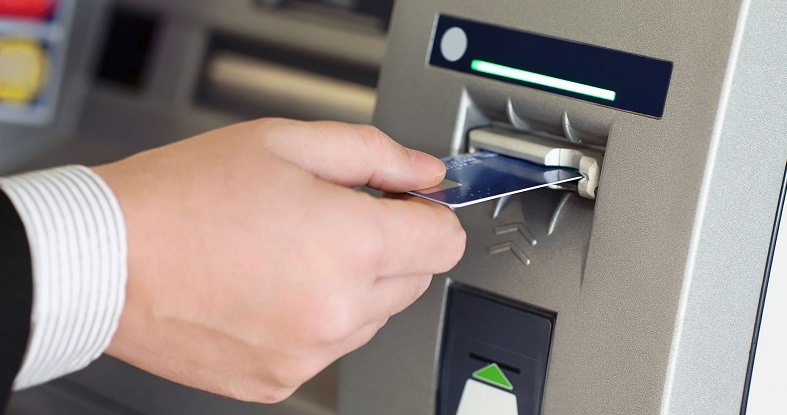Home
Dumping Credit Cards and Other Financial obligations
At the time of this writing, the average American has at least two charge card, and the average American household carries at least $5,000 in credit card financial obligation. To many of us, this has actually simply been accepted as, "A way of living," or, "simply the way it needs to be." A few of us, however, break exactly what is "typical." A few of us are all set to say, "Enough suffices."
You single greatest wealth-building tool is your earnings. You are most likely to build considerable wealth by conserving and investing your earnings than you ever will by playing the lottery game, saving up rewards points, or playing single stocks. How then, would you utilize your income to build wealth if almost all of it is owed to someone else every month? Unfortunately, that is how many Americans live. Every month, their entire income can be found in, and instantly goes back out to debts.
If you want to use your earnings to its biggest potential, you will need to keep a few of it around, which suggests discarding debt. A good place to start for the majority of people is typically charge card debts. Credit cards usually bring greater rate of interests than, say, trainee loans or home mortgages, and they are also generally smaller sized in size than other financial obligations.
To clean up your financial obligations, I support using what is known as the "Debt Snowball" system. The financial obligation snowball is a system for leaving financial obligation that was developed by financial consultant Dave Ramsey. It has assisted thousands (if not millions) of Americans leave debt and develop wealth.


The way the financial obligation snowball works is in dumps with pin reverse in the minds of lots of monetary consultants. That is, rather than taking a mathematical technique to dumping your debt, you take a behavioral method. The theory behind this is that finance is 20% math and 80% habits.
Do develop your debt snowball, you make a note of all your debts in order from tiniest to biggest, disregarding the rate of interest. This is the order you will pay off your debts. Now you document your minimum payment on all your debts.
The very first product in your list (the smallest financial obligation) will be your first focus. All of your other financial obligations will only receive the minimum payment, and any money you have will go to the first debt until it is paid off. As soon as the very first financial obligation is paid, you add the entire quantity you were paying on that financial obligation to the next debt in line. You will pay off your 2nd debt quicker, since you are paying the minimum payment, plus the total payment you were sending out in for the very first financial obligation. Continue down the list this way till all debts are paid.